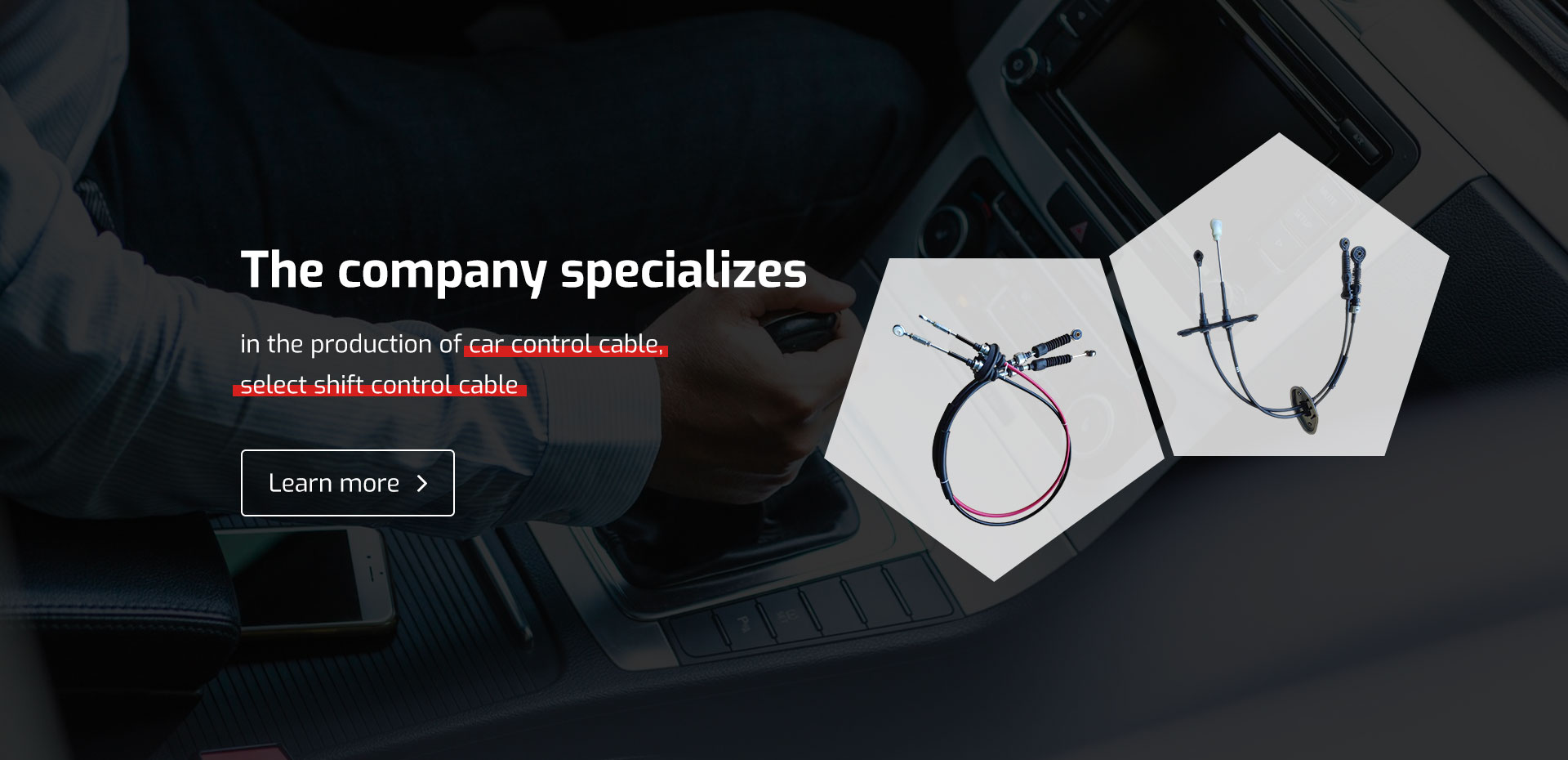Understanding Throttle and Clutch Mechanics for Improved Driving Performance
Understanding the Throttle and Clutch A Guide for New Drivers
When it comes to driving, especially in vehicles with manual transmissions, two components play a crucial role in controlling the engine and the car's movement the throttle and the clutch. For those new to driving or transitioning from automatic to manual vehicles, understanding the relationship between these two elements is essential for a smooth driving experience.
The Throttle Controlling Power and Speed
The throttle is a device that controls the amount of air and fuel mixture entering the engine. In modern vehicles, this is typically controlled by an electronic throttle control system, which uses sensors and actuators to adjust the throttle plate's position according to the driver's inputs. By pressing the accelerator pedal (throttle), the driver can increase the engine's power output, which in turn propels the vehicle forward.
When you press the throttle, several things happen simultaneously. The engine revs up, generating more power, while the vehicle speeds up. However, it’s crucial to understand the timing and application of the throttle, especially when shifting gears in a manual transmission vehicle. Applying too much throttle while engaging or disengaging the clutch can lead to a jerky ride, potential stalling, or even damage to the components.
The Clutch Engaging and Disengaging the Engine
The clutch is another essential component for manual vehicles, acting as a bridge between the engine and the transmission. When you depress the clutch pedal, it disengages the engine from the wheels, allowing you to change gears without grinding or damaging the transmission. Releasing the clutch pedal gradually re-engages the engine, allowing the vehicle to move smoothly.
Understanding how to balance the clutch and throttle is vital for new drivers. When starting from a stop, you must apply throttle gently while slowly releasing the clutch. This process, often referred to as finding the biting point, requires practice to master. If too much throttle is applied too quickly, the vehicle may lurch forward or stall. Conversely, too little throttle may cause the vehicle to struggle or stall before fully engaging the gears.
The Dance of Throttle and Clutch
throttle clutch

The interaction between the throttle and clutch can be likened to a dance. Smooth coordination is required to maintain control of the vehicle. For example, when downshifting to gain more power while ascending a hill, the driver must skillfully press the throttle while simultaneously pulling the clutch pedal to the floor, shifting to the lower gear, and then gradually releasing the clutch while applying adequate throttle to maintain momentum.
Learning to drive a manual vehicle involves recognizing the subtle balance between these two components. Any irregularities can lead to unpleasant driving experiences or mechanical issues. Therefore, patience and practice are crucial.
Tips for New Drivers
1. Get Familiar with Your Vehicle Spend time understanding how your specific vehicle’s throttle and clutch function. Each model may have unique characteristics.
2. Practice in a Safe Environment Find an empty parking lot or a quiet road to practice engaging and releasing the clutch as well as applying the throttle.
3. Listen to Your Engine The engine’s sound can tell you a lot about what’s happening. Learn to gauge when you need to shift by listening to the engine’s RPM.
4. Stay Calm and Patient Don’t rush the learning process. It takes time to develop the necessary skills to smoothly manage the throttle and clutch.
By mastering the throttle and clutch, new drivers can enhance their confidence and enjoyment on the road, paving the way for a fulfilling driving experience.
-
Upgrade Your Vehicle with High-Quality Handbrake CablesNewsNov.01,2024
-
Optimize Your Bike's Performance with Quality CablesNewsNov.01,2024
-
Enhance Your Vehicle's Performance with Quality Clutch ComponentsNewsNov.01,2024
-
Elevate Your Vehicle's Performance with Quality Throttle CablesNewsNov.01,2024
-
Elevate Your Vehicle's Performance with Quality CablesNewsNov.01,2024
-
Affordable Solutions for Your Cable NeedsNewsNov.01,2024
